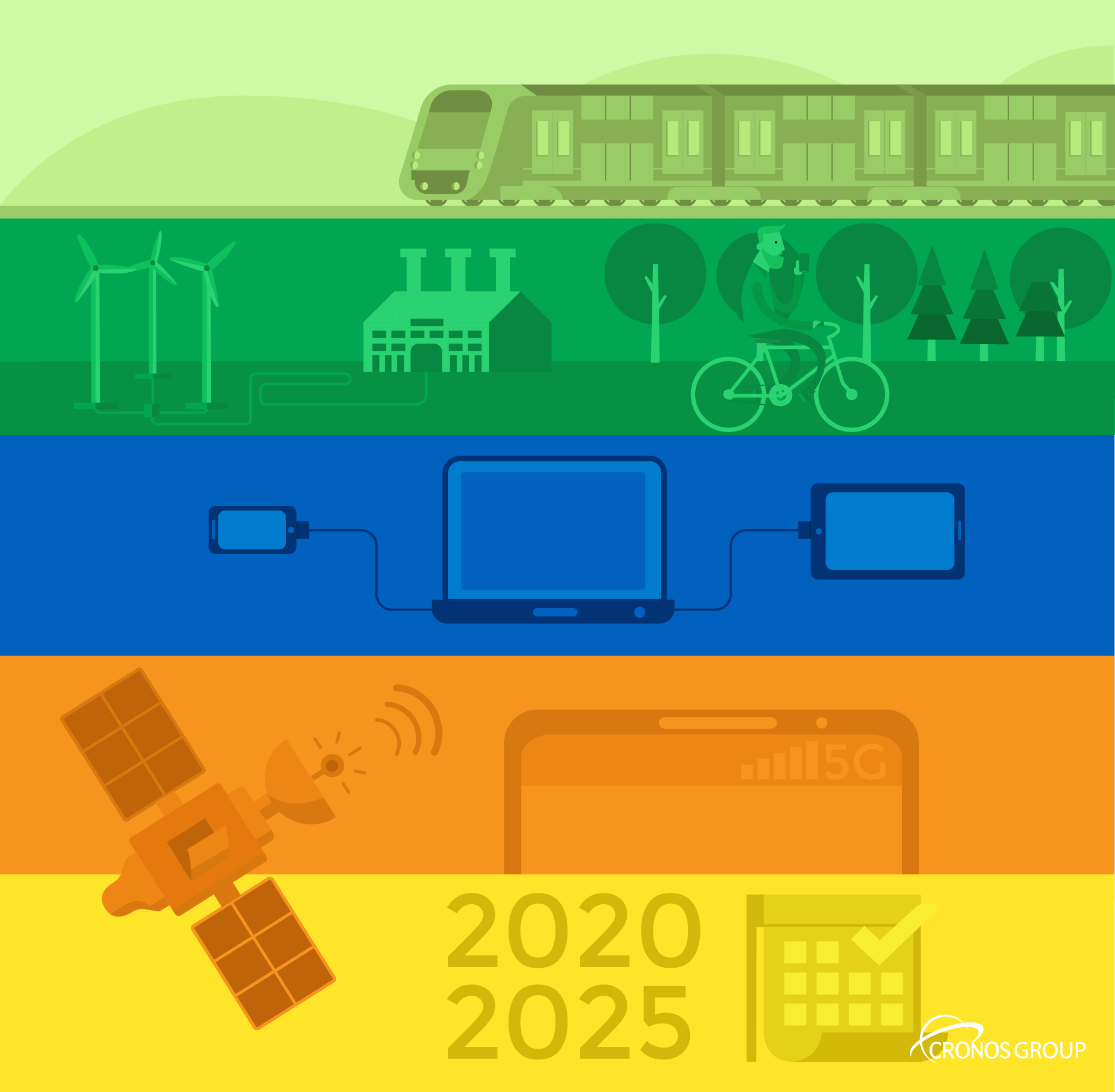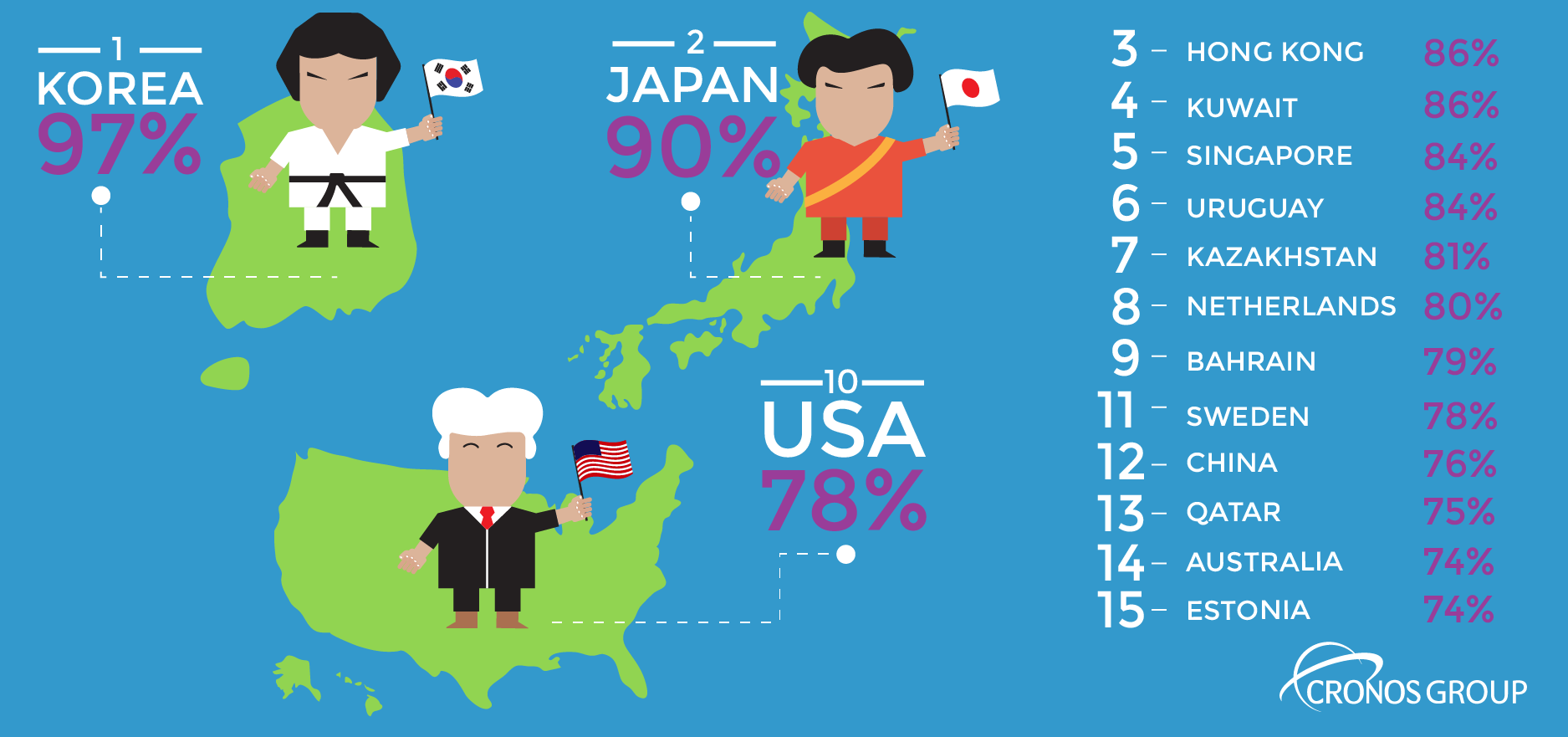Our digital society moves towards a new generation of communications, the 5G. This means, wired and wireless devices will use the same infrastructure, leading us to the next step of strategic technology thought to this “connected” society. The incorporation of IoT in our daily lives would be easier thanks to the ultra-high bandwidth that will serve to improve connectivity not only for users but for objects.
The goal of 5G is to be available for everybody. Not the case with 4G, which has been fully implemented by American carriers. Which is why Europe is now generating strategies to start the development of 5G technologies.
What is 5G?
It is still difficult to define what 5G really is, but what is expected, is that this technology will bring speedsup to 50 times of what today’s WiFi networks provide. That means, you could stream a two-hour movie in less than three seconds. This could be a big step for connected objects, considering their performance will improve significantly, taking the Internet of Things to a next level.
On the run
South Korea wants to offer 5G service for the 2018 Winter Olympics, and two carrier companies are on the run to develop this technology at least as a limited service to make the visit easier for the tourists and to prove their technical prowess. Even if United States offers of 4G technology coverage, it ranks 10th in 4G penetration with 78% of its population using the service. South Korea (97%) and Japan (90%) are at the top of the list.
What are countries doing to change?
Today’s transition from one standard to another is so much faster than before. That is why countries started creating initiatives to bring 5G earlier. The European Commission began a plan to accelerate the research on 5G technology and its infrastructure. It is called the “5G Vision” and South Korea is one of the collaborators. 700 million euros of public funding has been earmarked to the ‘Horizon 2020 Program’ for research purposes.
The goals are:

-
The implementation of this network to fulfill user’s needs, i.e. constant connectivity in train journeys or geographically isolated areas (dead zones).
-
The improvement of the infrastructure and it’s adaptability to new requirements and sustainable materials.
-
The use of emerging technologies such as Software Defined Networking, Network Functions Virtualization, Mobile Edge Computing and Fog Computing.
-
The stability that a 5G spectrum requires.
-
That the commercial availability be around 2020-2025
With the implementation of all the actions above mentioned, it is expected that almost all the population with smartphones will have 5G coverage everywhere around the globe by 2025. A better infrastructure and early research process, will give Europe this time advantage for a 100% of 5G penetration.


